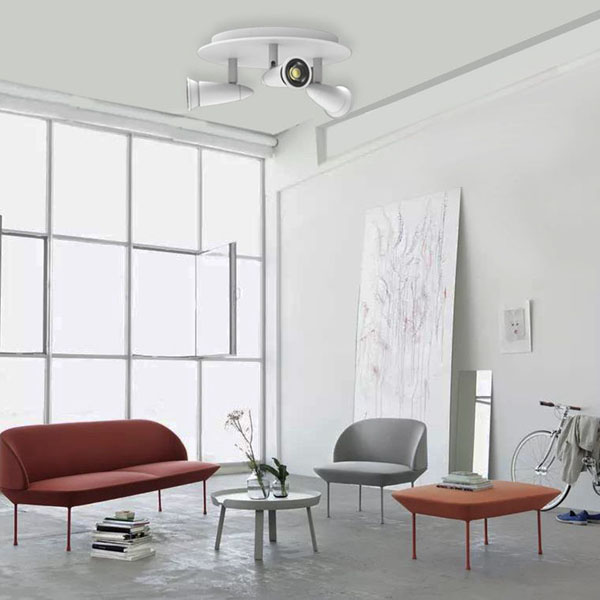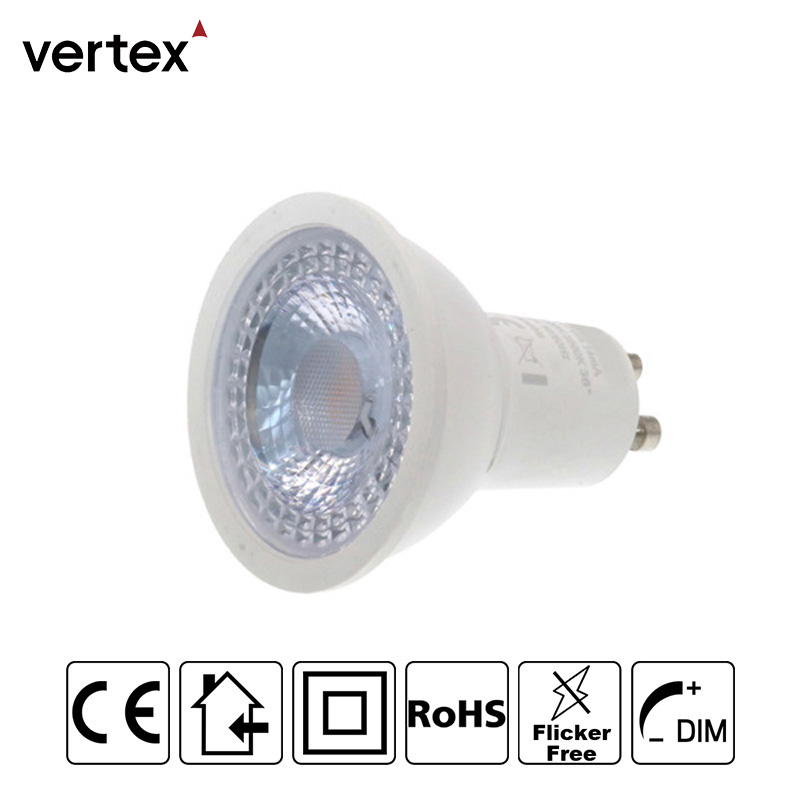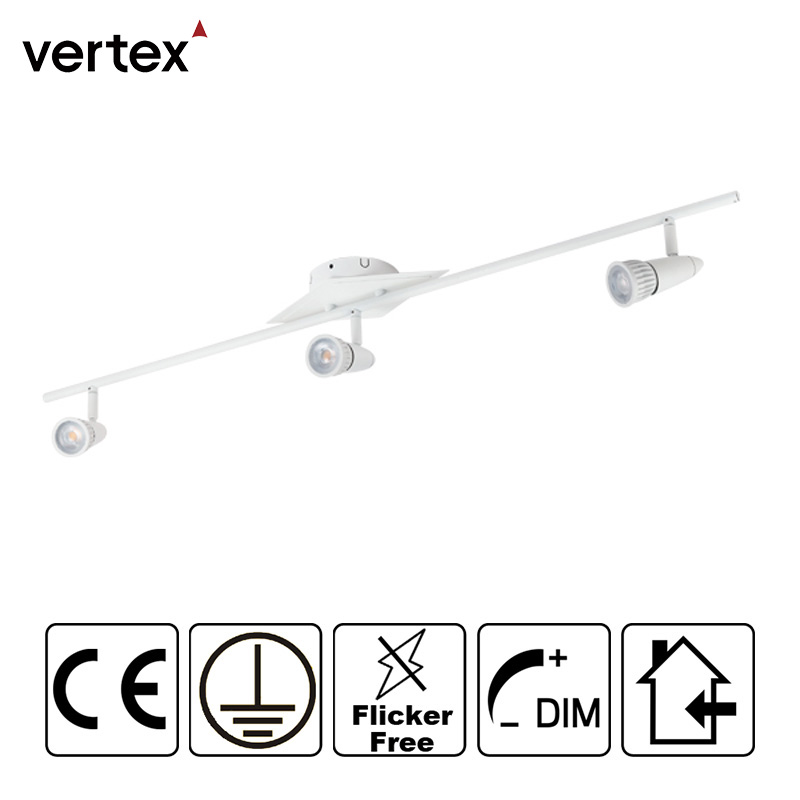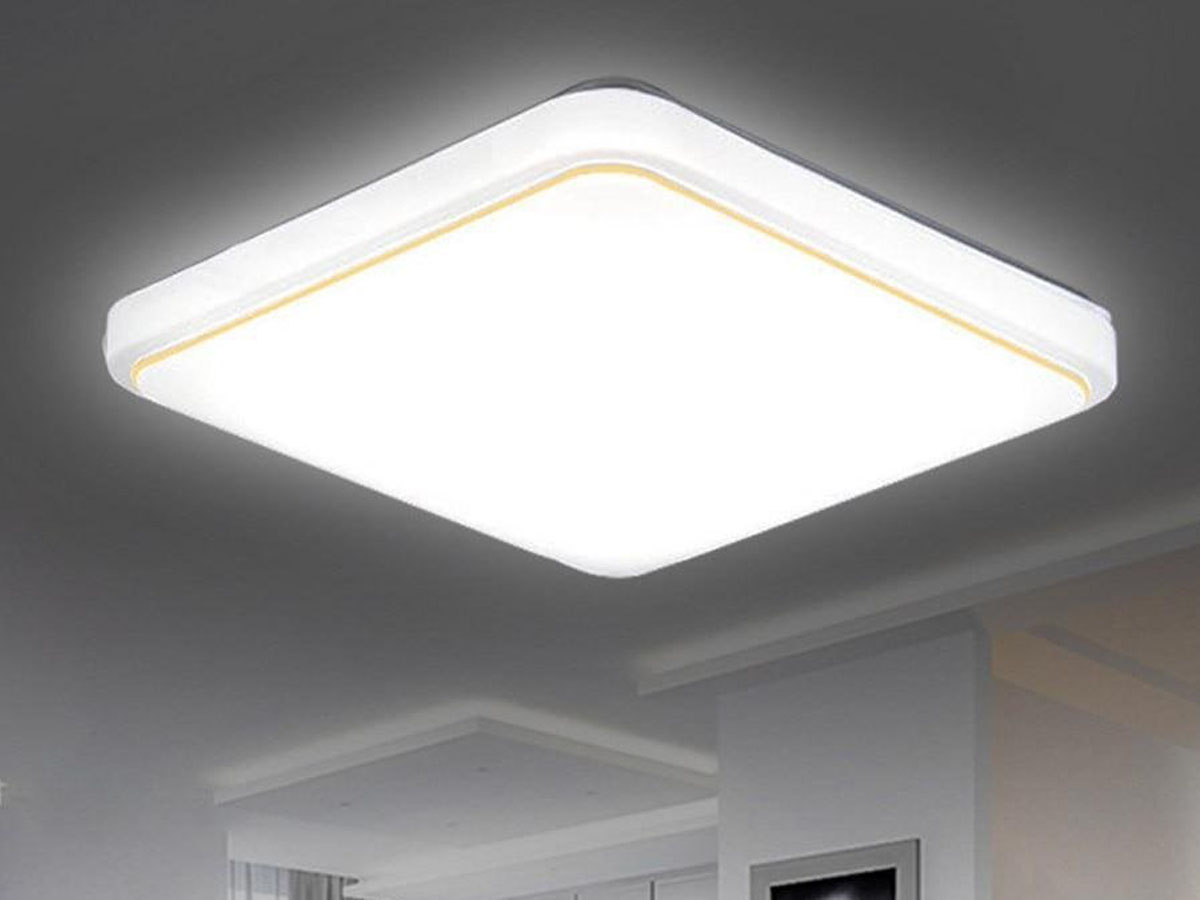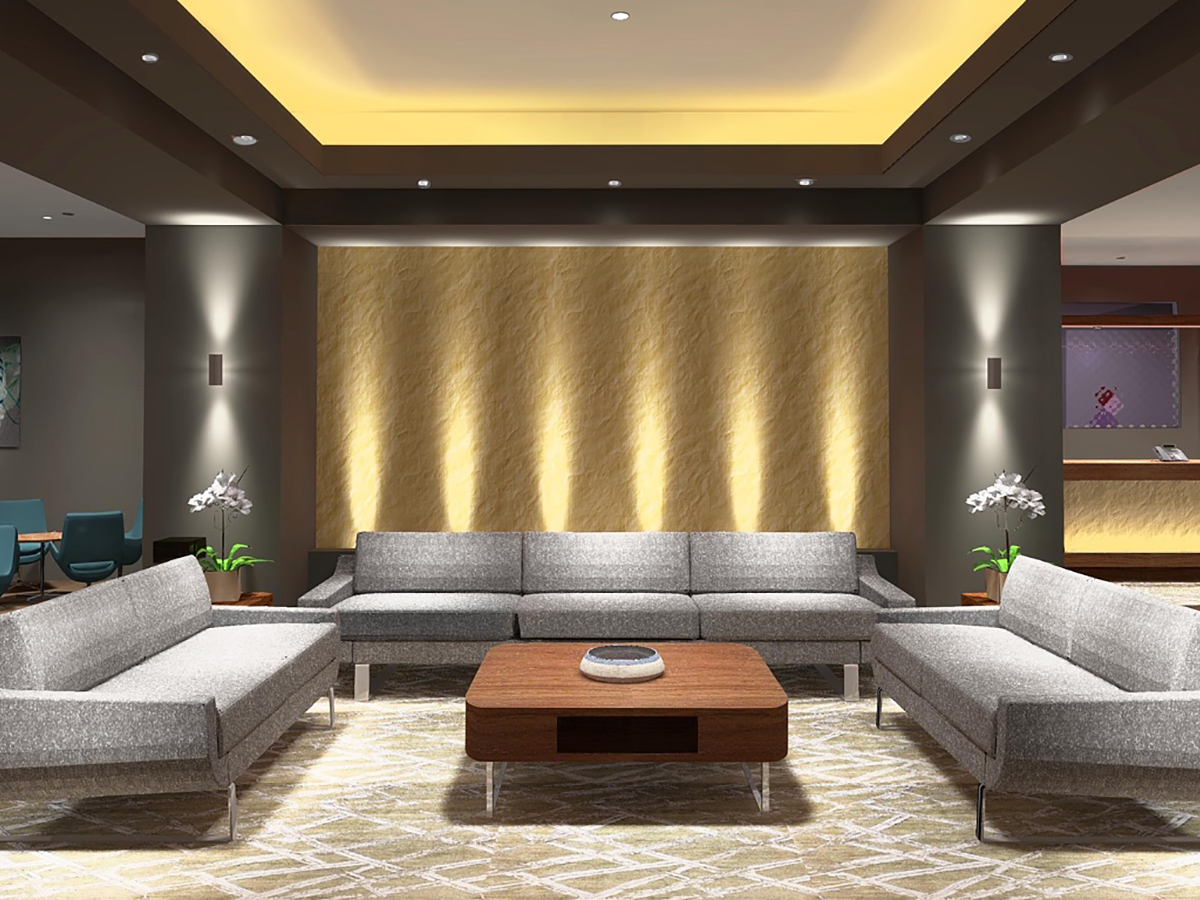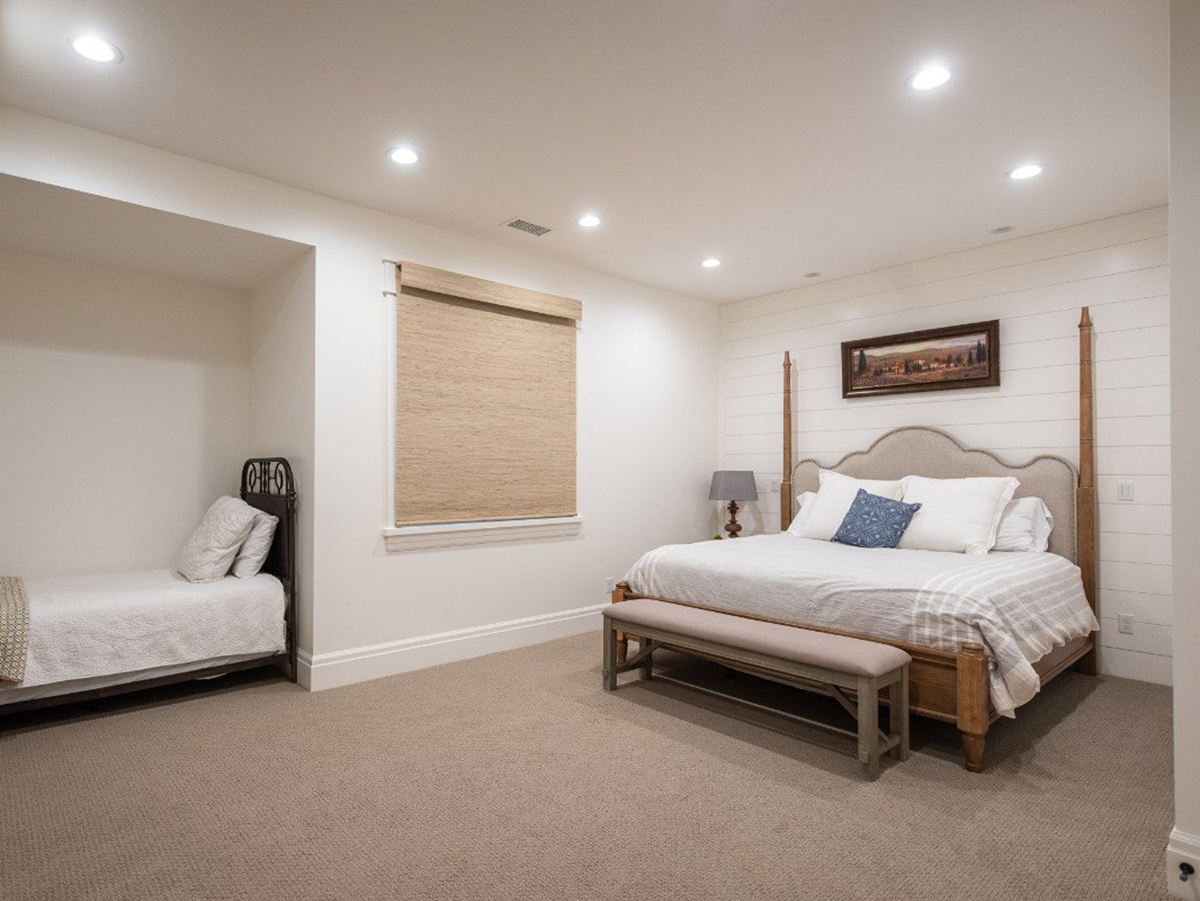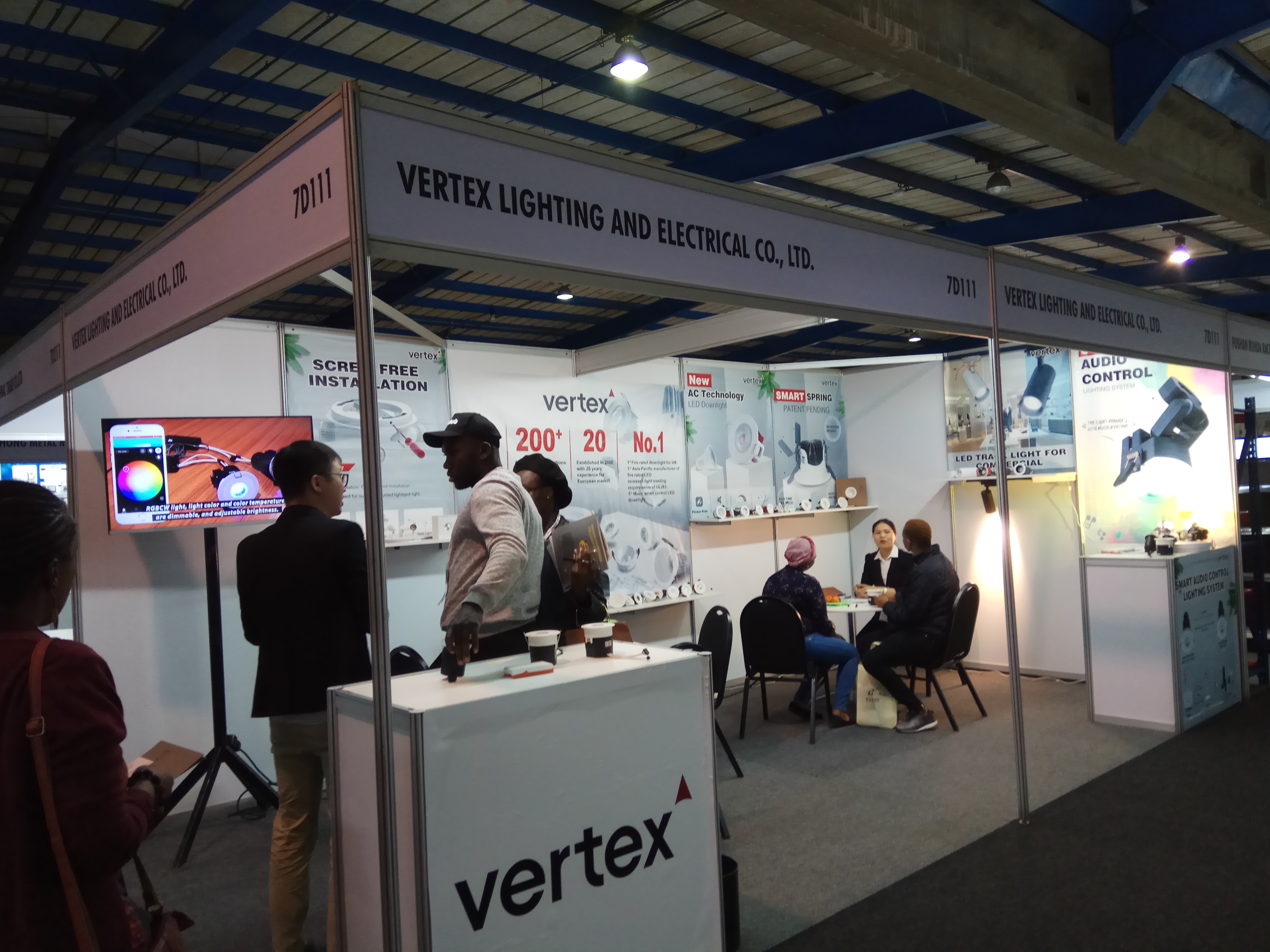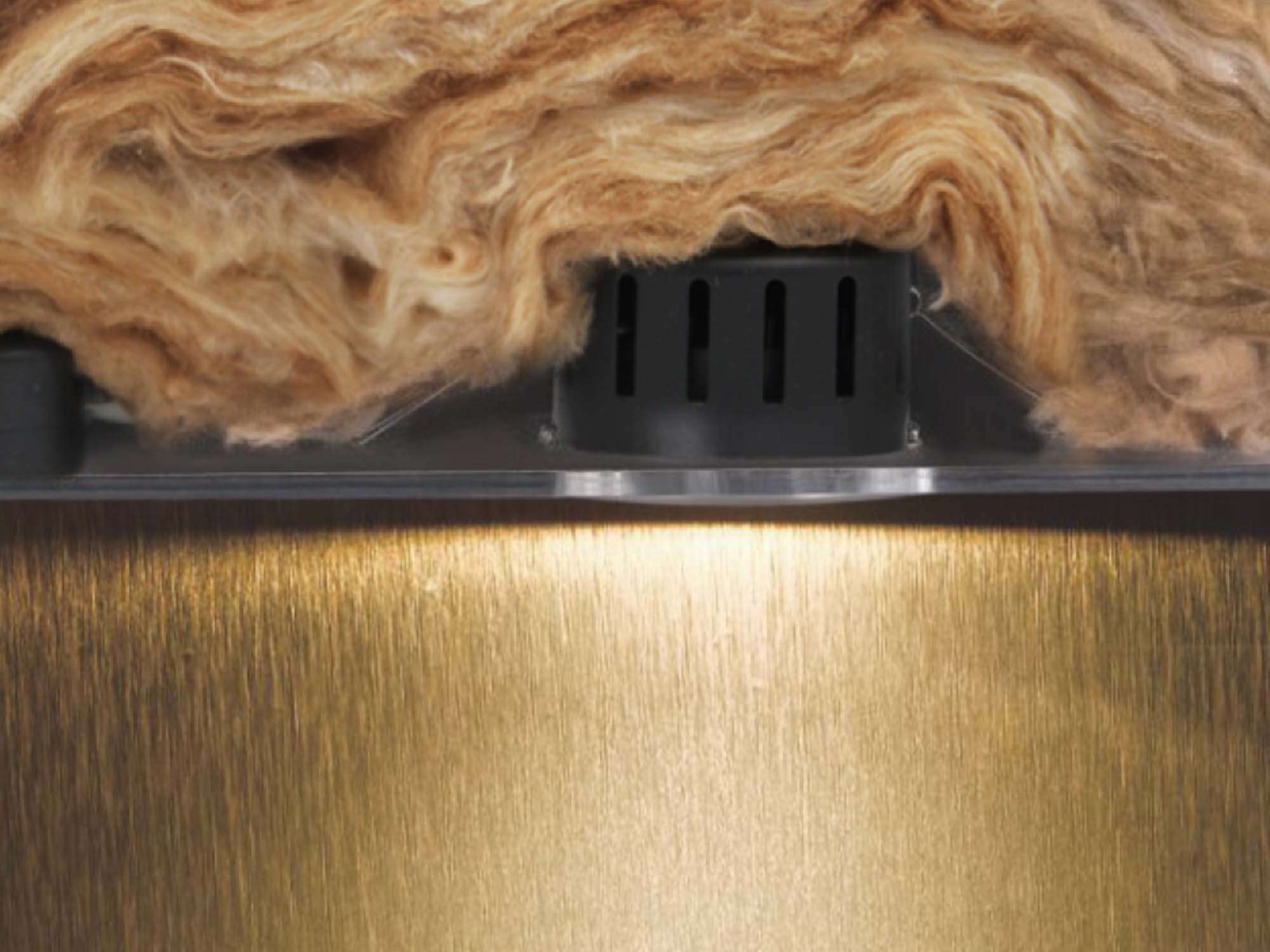What Are LED Floodlights?
LED floodlights are luminaires designed to emit a broad beam of light over a large area, resembling natural daylight. These fixtures often have a wide beam angle (90 to 120 degrees or more), allowing them to adequately illuminate large outdoor expanses. Originally used for security lighting and outdoor sports arenas, LED floodlights have now found applications in architectural lighting, landscape illumination, and even indoor settings where broad coverage is desired.Characteristics Of LED Floodlights
Wide Beam Angle: LED floodlights are noted for their high lumen output, which provides enough brightness to efficiently illuminate outdoor spaces. This makes them ideal for applications requiring high visibility and safety, such as parking lots, stadiums, and building facades.High Luminosity: LED floodlights are known for their high lumen output, providing ample brightness to illuminate outdoor areas effectively. This makes them suitable for applications where visibility and safety are paramount, such as parking lots, stadiums, and building facades.
Weather Resistance: Due to their outdoor use, LED floodlights are often designed to withstand harsh weather conditions, including rain, snow, and extreme temperatures. They are made with tough materials and have ingress protection (IP) ratings to ensure their lifetime and dependability in harsh outdoor conditions.
Versatility: While commonly used for outdoor lighting, LED floodlights can also be employed indoors for specific applications, such as accent lighting in large rooms or warehouses. Their adaptability makes them an attractive option for a variety of lighting projects.
What Are LED Spotlights?
Contrary to floodlights, LED spotlights emit a concentrated beam of light, illuminating a specific target or area with precision. These fixtures are distinguished by their narrow beam angles, which typically range between 15 and 45 degrees, providing for focused illumination over a specific area. LED spotlights are favored for highlighting architectural features, artwork, signage, and other focal points both indoors and outdoors.Characteristics Of LED Spotlights
Focused Beam: The primary feature of LED spotlights is their ability to direct light precisely onto a specific object or area. This focused beam ensures enhanced visibility and accentuation of the illuminated subject, making spotlights ideal for highlighting focal points or creating dramatic effects.Adjustability: LED spotlights often come with adjustable features, such as swivel mounts or tilting heads, allowing users to control the direction and angle of the light beam. This adjustability increases versatility in directing light precisely where it is needed, adjusting to changing lighting requirements.
High Intensity: While LED spotlights may not have the same wide coverage as floodlights, they compensate with higher intensity illumination within their focused beam. This makes them ideal for applications where highlighting specific elements or establishing visual impact is critical.
Energy Efficiency: Like other LED fixtures, LED spotlights are renowned for their energy efficiency, consuming less power compared to traditional lighting sources while delivering equivalent or superior brightness. This not only reduces energy costs but also contributes to environmental sustainability.
Distinguishing Factors
While LED floodlights and LED spotlights are based on the same LED technology, they differ significantly in terms of operation, applications, and performance. Understanding these distinctions is crucial for selecting the appropriate lighting solution based on specific project requirements.Beam Angle and Coverage
The most apparent difference between LED floodlights and LED spotlights lies in their beam angles and coverage characteristics. LED floodlights emit a wide beam of light, typically spanning 90 degrees or more, providing broad coverage over large areas. LED spotlights, on the other hand, emit a narrow beam spanning from 15 to 45 degrees, focusing light intensity on a specific object or region while avoiding spillover into adjacent places.Application
The variance in beam angles directly influences the applications suited for LED floodlights and LED spotlights. LED floodlights are widely used in outdoor areas requiring broad coverage and high visibility, such as parking lots, sports stadiums, and building facades. Their ability to evenly illuminate expansive areas makes them ideal for security lighting, architectural lighting, and landscape illumination.On the other hand, LED spotlights excel in highlighting specific features or points of interest, both indoors and outdoors. Their focused beam enables accurate accentuation of architectural elements, artwork, sculptures, signage, and store displays. LED spotlights are favored for creating focal points, enhancing visual interest, and adding ambiance in residential, commercial, and hospitality settings.
Lighting Effects
Another distinguishing factor between LED floodlights and LED spotlights is their ability to create distinct lighting effects. LED floodlights provide uniform illumination across wide areas, contributing to ambient lighting and overall visibility. While they may not provide elaborate lighting effects, they do provide continuous brightness and coverage, making them excellent for general lighting applications.In contrast, LED spotlights offer versatility in creating dynamic lighting effects through focused beams and adjustable features. By precisely directing light onto specific objects or surfaces, spotlights can create dramatic highlights, shadows, and visual contrasts, adding depth and dimension to illuminated spaces. This capacity is especially useful in architectural lighting, creative exhibits, and retail settings where aesthetics play an important role.
